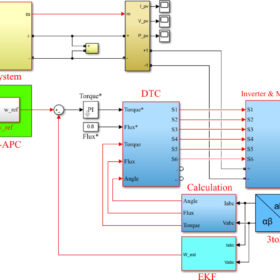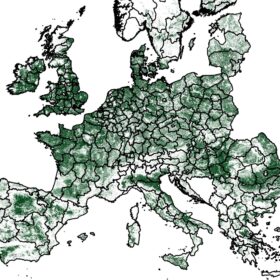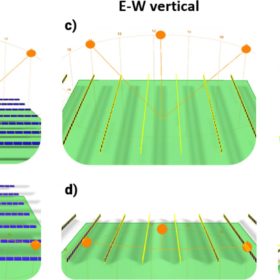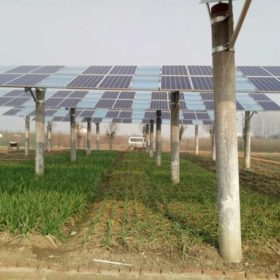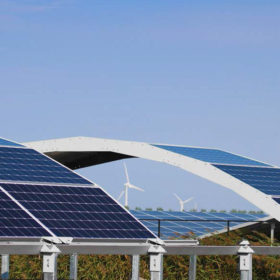New control strategy for PV-powered water pumps operating under variable atmospheric conditions
Scientists in Turkey have developed a new algorithm to optimize the efficiency of PV-powered water pumps. The novel technique is based on the Extended Kalman–Bucy filter, which is a predictor-corrector algorithm used extensively in control systems engineering for estimating unmeasured states of a process.
New research identifies potential for 51 TW of agrivoltaics in Europe
Researchers in Denmark have analyzed the potential of PV systems and their influence on the underlying farmland in three different agrivoltaic projects, including vertical bifacial optimal tilted, horizontal single-axis tracking, and vertical bifacial setups. They also calculated the potential for agrivoltaic in every region in the European Union and found that the eligible areas are unevenly distributed.
Optimal topology for agrivoltaics based on bifacial PV modules
A research team has outlined an optimized array topology for agrivoltaic projects built with bifacial modules. According to its findings, the benefits of bifacial PV arrays are most prominent in stilt mounted projects, where modules are elevated considerably off the ground at over 2 m, thus allowing plenty of light to be absorbed by the rear PV side as well.
Agrivoltaics to protect crops from heavy rainfall
BayWa r.e. and the Fraunhofer Institute for Solar Energy Systems ISE have built a 258 kW agrivoltaic system that hosts apple cultivation under four different crop protection systems. The system utilizes agrivoltaic technology with permanent, light-permeable PV modules that block rain, and tracking PV module tech that blocks rain only if necessary.
Agrivoltaics for rabbit farming
U.S. scientists have developed a new way to combine PV generation and rabbit farming. They claim their new approach to agrivoltaics produces lower emissions and uses less energy than non-integrated methods.
Novel plant design for agrivoltaics
Developed by Chinese researchers, the novel design methodology consists of utilizing metal brackets as mounting structures, conventional solar panels, and a grooved glass plate placed between the solar panels. According to its creators, it ensures a farmer’s average income increases by 5.14 times, including the solar power generation business. A system built with this approach should cost around €715 per kW installed.
Solar-powered large scale microbial food production
Producing nutrient-rich microbes with solar PV has the potential to produce more food with fewer resources, according to a German research group that modeled the large-scale production of microbial biomass by combining ground-mounted photovoltaics, air, water, and nutrients.
Bringing water to 273 farmers with just 90 kW of solar pumps
Two solar water pumps installed by the Philippines’ National Irrigation Administration (NIA) will cover a total area of more than 500 hectares.
Arc-shaped PV system for agrivoltaics from Germany
The PV mounting system was developed by Germany-based Goldbeck and will initially be available in the Netherlands from 2022. The company will test the new technology in a 45 MW PV project.
EDF, Macquarie secure 2.4 GW agrivoltaic project portfolio in France
The French utility and Macquarie’s unit Cero Generation have each acquired a 45% stake in France-based agrivoltaic specialist Green Lighthouse Development (GLHD).
